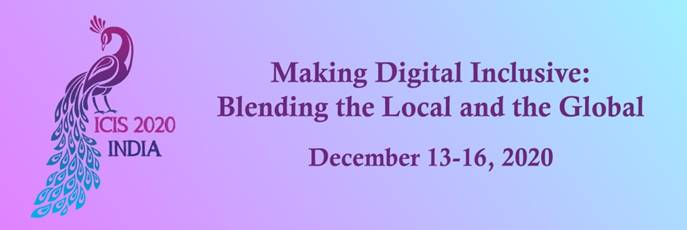Human Computer Interaction, Artificial Intelligence and Intelligent Augmentation
Loading...
Paper Type
Complete
Paper Number
2634
Description
Understanding and forecasting fashion life cycle is of great importance in fashion industry. However, future trends that are full of uncertainty and fashion designers and brands are relying mostly on subjective judgement of fashion trends. The rise of social media has brought new opportunities in fashion industry. This study proposes to adopt a novel time series model, Prophet model, in predicting fashion life cycle. The Prophet model can be tuned to incorporate fashion industry domain knowledge such as seasonality and holiday occasions. Using data collected from Instagram, we compared the tuned Prophet model with traditional ARIMA model and untuned Prophet model on 25 fashion elements. Using a sliding window evaluation, we show that the tuned Prophet model performed significantly better than the benchmark models especially in longer term (12 months). Furthermore, we illustrate that Fad, Fashion and Classic can be quantitatively modeled with Instagram data. We believe this study bridges the gap between fashion industry and quantitative trend prediction.
Recommended Citation
Ren, Yifan; Zhou, Yilu; and Xu, Heng, "Fad, Fashion or Classic? Fashion Life Cycle Forecasting with Instagram" (2020). ICIS 2020 Proceedings. 24.
https://aisel.aisnet.org/icis2020/hci_artintel/hci_artintel/24
Fad, Fashion or Classic? Fashion Life Cycle Forecasting with Instagram
Understanding and forecasting fashion life cycle is of great importance in fashion industry. However, future trends that are full of uncertainty and fashion designers and brands are relying mostly on subjective judgement of fashion trends. The rise of social media has brought new opportunities in fashion industry. This study proposes to adopt a novel time series model, Prophet model, in predicting fashion life cycle. The Prophet model can be tuned to incorporate fashion industry domain knowledge such as seasonality and holiday occasions. Using data collected from Instagram, we compared the tuned Prophet model with traditional ARIMA model and untuned Prophet model on 25 fashion elements. Using a sliding window evaluation, we show that the tuned Prophet model performed significantly better than the benchmark models especially in longer term (12 months). Furthermore, we illustrate that Fad, Fashion and Classic can be quantitatively modeled with Instagram data. We believe this study bridges the gap between fashion industry and quantitative trend prediction.
When commenting on articles, please be friendly, welcoming, respectful and abide by the AIS eLibrary Discussion Thread Code of Conduct posted here.


